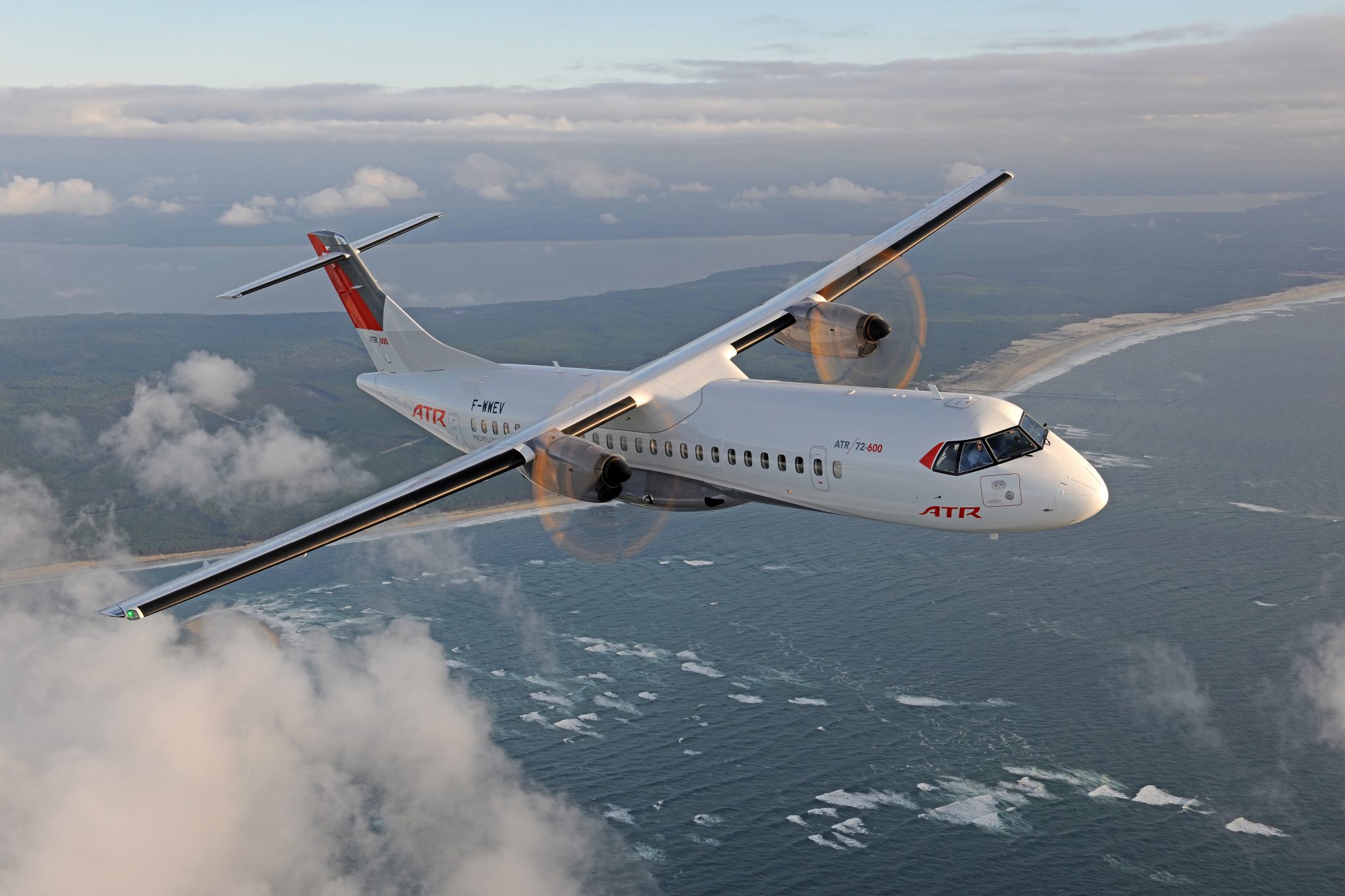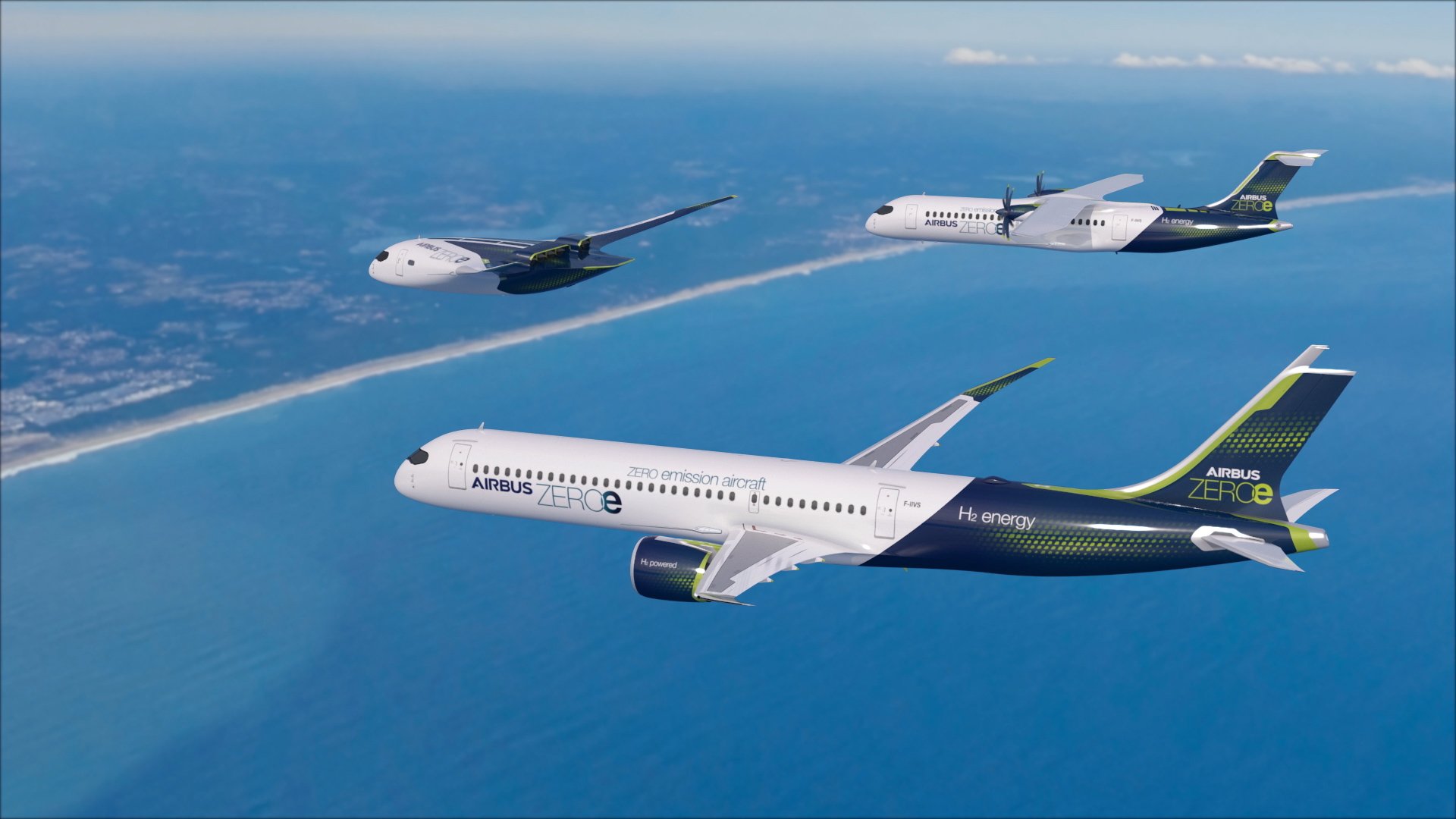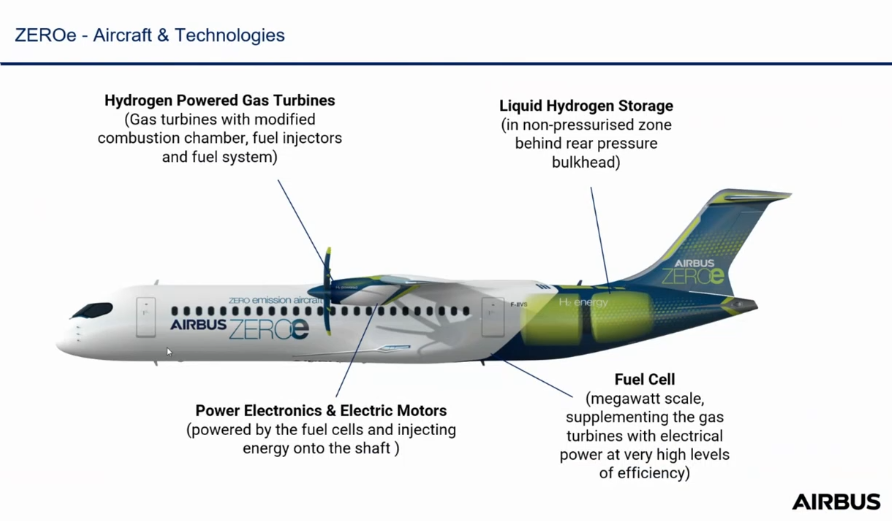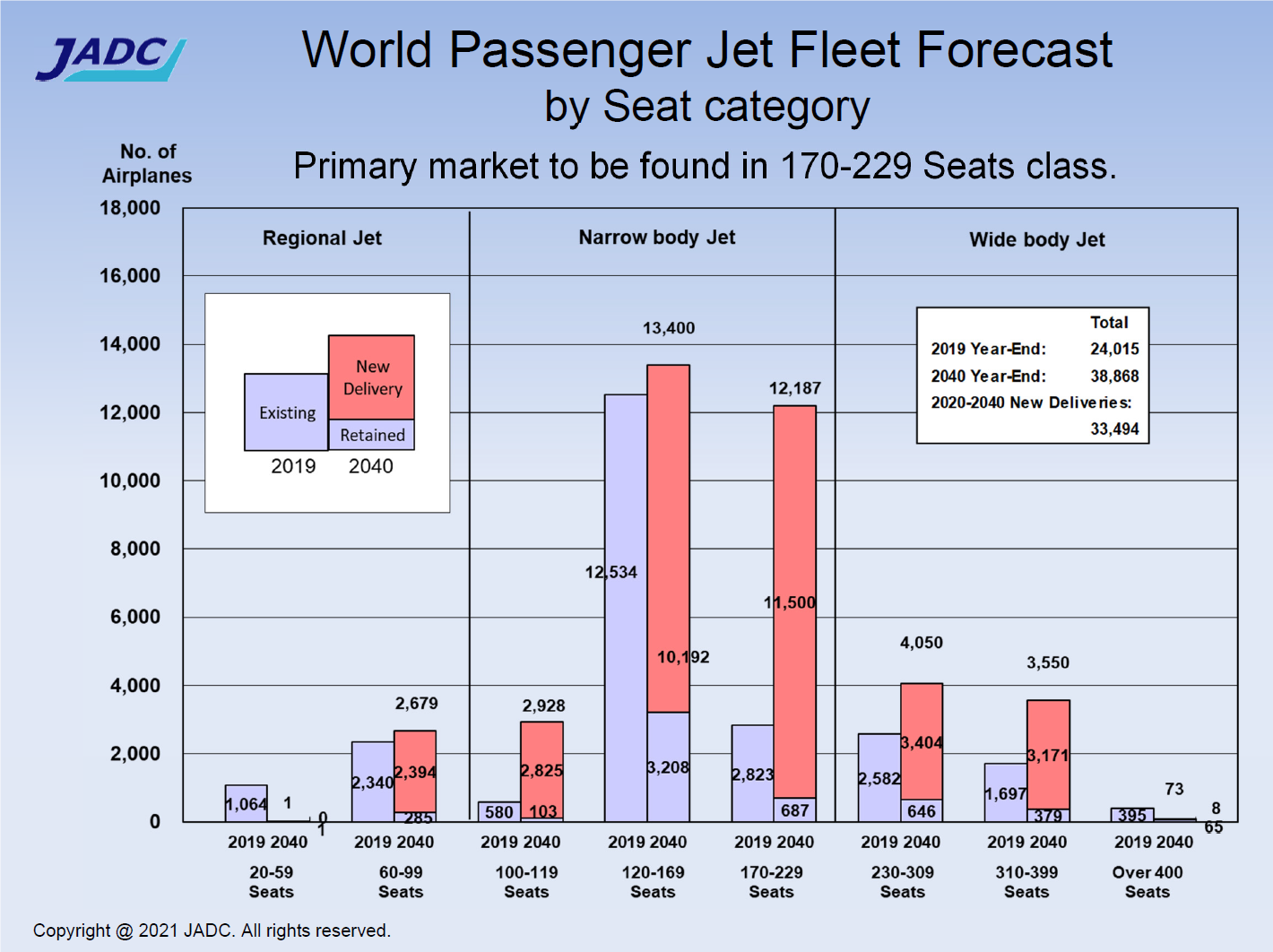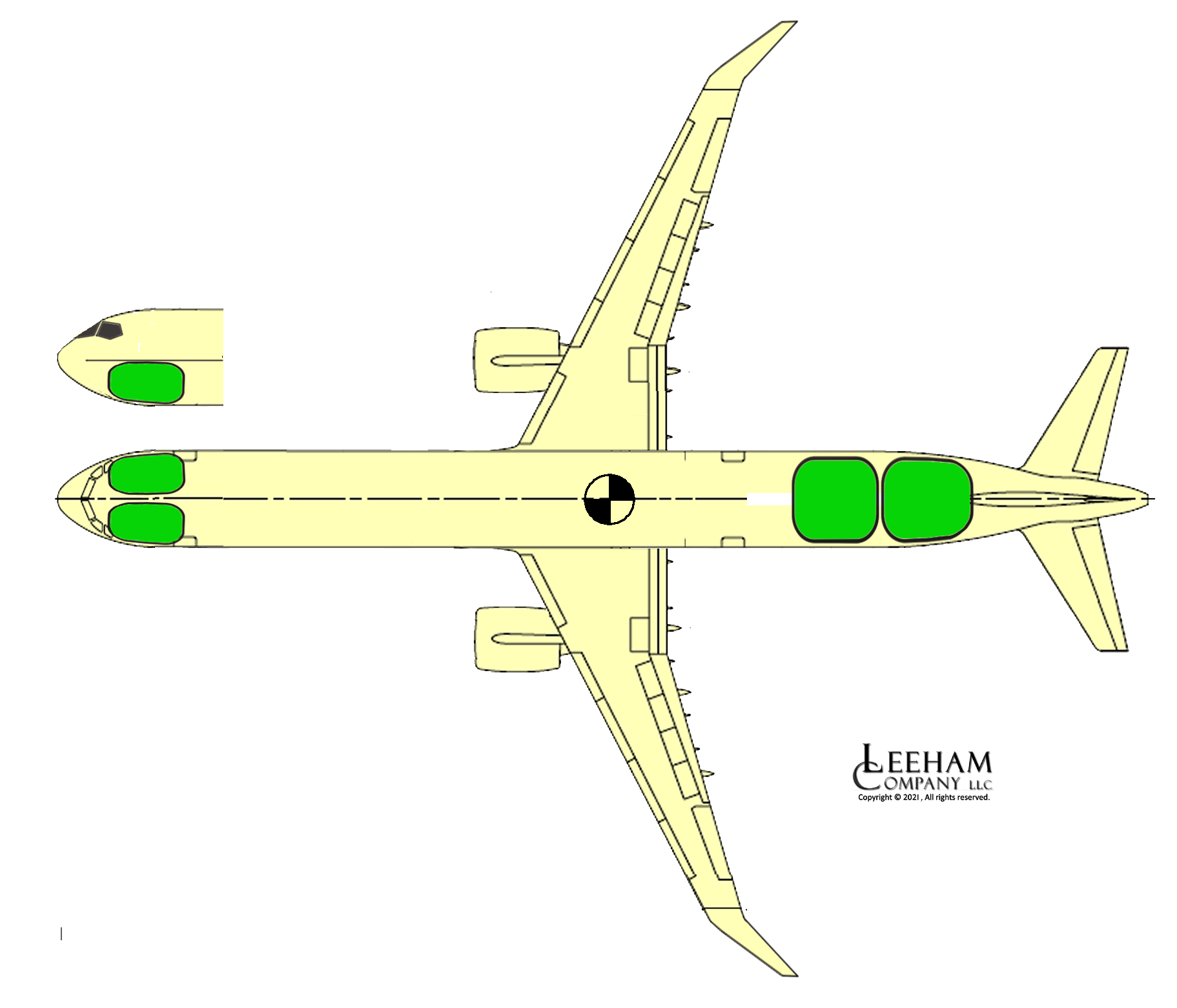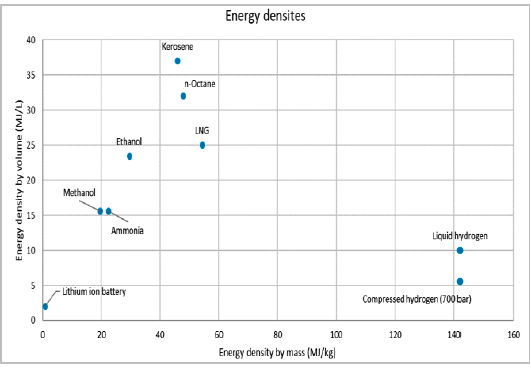Leeham News and Analysis
There's more to real news than a news release.
Bjorn’s Corner: Sustainable Air Transport. Part 23. Fuel Cell-based 70 seat airliner
June 10, 2022, ©. Leeham News: Last week, we looked at the different fuel cell systems that can go into a 70-seat airliner like the ATR 72. In this week’s Corners, we implement these in the aircraft and look at installation effects and efficiencies.
The deeper discussion is in the sister article, Part 23P. Fuel Cell-based 70-seat airliner.
Bjorn’s Corner: Sustainable Air Transport. Part 23P. Fuel Cell-based 70-seat airliner. The deeper discussion.
Subscription required
June 10, 2022, ©. Leeham News: This is a complementary article to Part 23, Fuel Cell-based 70-seat airliner. It analyses the masses and efficiencies of a 70-seat airliner equipped with the fuel cell-based propulsion systems we analyzed last week.
Bjorn’s Corner: Sustainable Air Transport. Part 22P. Fuel Cell system efficiency and mass. The deeper discussion.
Subscription required
June 3, 2022, ©. Leeham News: This is a complementary article to Part 22, Fuel Cell system efficiency and mass. It analyses the power, loss, mass, and efficiency consequences of the different fuel cell architectures described in the main article.
Bjorn’s Corner: Sustainable Air Transport. Part 20. Dimensioning the Fuel Cell system
May 20, 2022, ©. Leeham News: Last week, we looked at the principal parts of a Fuel Cell-based propulsion system. We need a fuel cell that converts hydrogen to electric power and then an inverter and electric motor that drives the fan, Figure 1.
The fuel cell system is the complicated and heavy part of this setup. Let’s look at how we size such a system.
Bjorn’s Corner: Sustainable Air Transport. Part 19. Fuel Cell propulsion systems
May 13, 2022, ©. Leeham News: Last week, we looked at advanced developments for hydrogen-burning gas turbines.
Now we look at the alternative hydrogen-based propulsion system, which uses a Fuel Cell to convert the energy in hydrogen to electric power that drives motors to spin propellers or fans, Figure 1.
Bjorn’s Corner: Sustainable Air Transport. Part 18. Advanced Hydrogen Gas Turbines
May 6, 2022, ©. Leeham News: Last week, we looked at how we create the shaft power for the thrust device we discussed before. We described the basics of a hydrogen-burning gas turbine alternative.
When we have liquid hydrogen as fuel, several advanced developments are possible. It’s what we look at now.
Bjorn’s Corner: Sustainable Air Transport. Part 17. Gas Turbine Propulsion
April 29, 2022, ©. Leeham News: Last week, we looked at the thrust generating device that aircraft propulsion systems use. We could conclude that independent of how we create the shaft power, we can choose different thrust technologies with desired characteristics. A propeller, open fan, or fan in nacelle covers different speed ranges and efficiency profiles.
Now we look at how we generate the shaft power for these devices. We start with the hydrogen-burning gas turbine alternative.
Bjorn’s Corner: Sustainable Air Transport. Part 14. Propulsion system requirements.
April 8, 2022, ©. Leeham News: Last week, we discussed the architecture of a liquid hydrogen fuel system. We now start looking at the propulsion system of a hydrogen aircraft.
Before discussing how a propulsion system is done, we must understand what power requirements different airliner types have and the importance of these types in the market.
Bjorn’s Corner: Sustainable Air Transport. Part 13. Hydrogen fuel system and APU.
April 1, 2022, ©. Leeham News: Last week, we looked at how to store hydrogen in an aircraft. We could see the gaseous storage of hydrogen is too heavy other than for demo systems and extreme short-haul. For practical airliners, liquid hydrogen is the solution.
Now we look at what this means for the aircraft fuel system and how to configure a suitable Auxiliary Power Unit, APU.
Bjorn’s Corner: Sustainable Air Transport. Part 11. Hydrogen and SAF.
March 18, 2022, ©. Leeham News: In our series, we have now seen the major limitations batteries as an energy source impose on an airliner and that hybrids work but don’t bring any advantages for an airliner.
The alternatives are to use an energy source with a higher energy density and combine it with an efficient propulsion system. Sustainable Aviation Fuel, SAF, has the same high energy density as today’s Jet fuel and hydrogen’s density is three times higher than Jet fuel.


